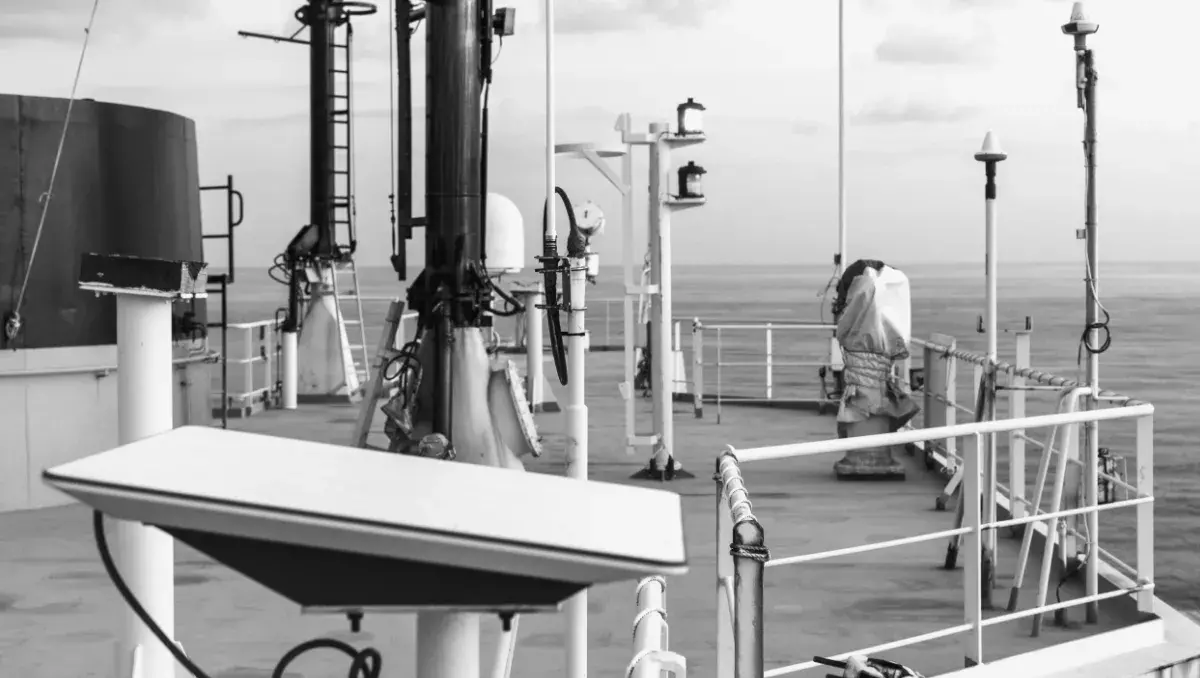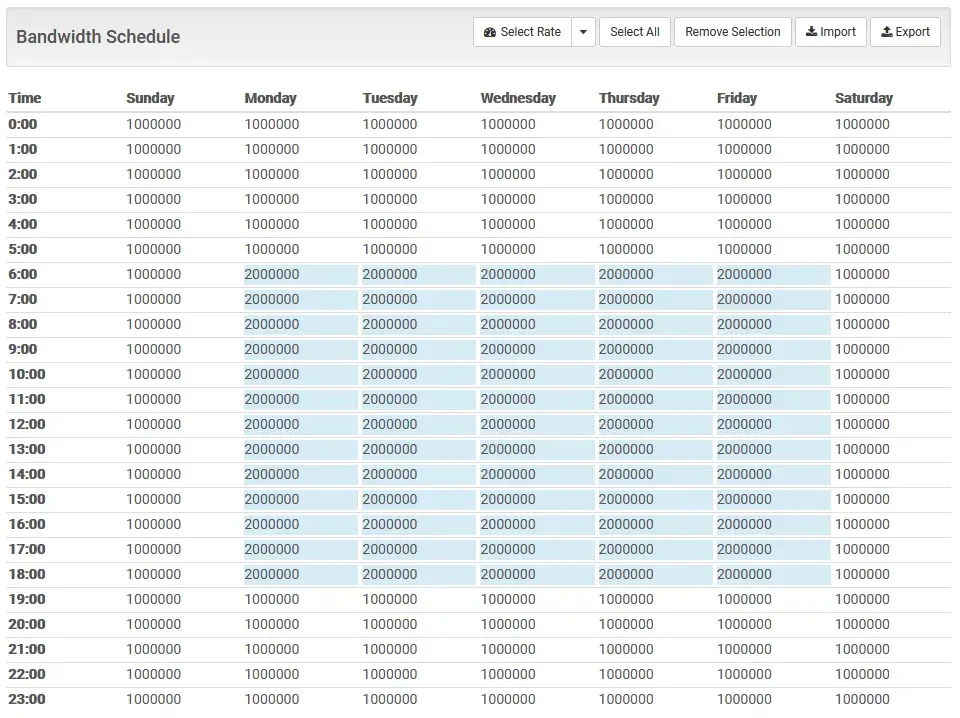
Expecting smooth sailing when transferring sensitive files ship-to-shore, ship-to-ship, or shore-to-ship? Without a robust, accelerated file transfer solution in place expect to encounter some rough waters in terms of reliability, speed, and integrity.
When at-sea connectivity challenges exist, such as with high latency or unstable bandwidth, and the reliability of file transfers is imperative, you need more than standard file transfer methods. But first, why is sending files seaward or back to shore so dicey?
Challenges of Marine File Transfers
While land-based organizations face file transfer challenges, getting files across deep waters — whether for naval missions, supply chain shipping, oil rig operations, or even live entertainment on cruise ships, marine file transfers have their own set of challenges, including:
- Geographic isolation: The physical distance between shore-based data centers and vessels can slow down transfers, especially when using TCP-based protocols that require acknowledgment for each packet sent.
- Unreliable connectivity: Traditional satellite internet can suffer from high latency and packet loss. And file transfer protocols like FTP or HTTP can struggle under these conditions.
- Large data volume: Huge data sets such as military surveillance files, oceanography data, seismic readings, and more all need to be sent quickly and suffer when not using an accelerated file transfer solution capable of quick, complete sends.
- Security needs: Whether the data sent is highly sensitive military information, or commercial, strong encryption protocols need to be in place to protect that information from corruption or accidental or malicious interception.
How UDP-Based File Acceleration Helps Ship-to-Shore Data Exchanges
As noted, sending and receiving files at sea requires a different level of technology than sending files across state lines. FileCatalyst, a UDP-based accelerated file transfer solution from Fortra, was built specifically for environments and situations where speed, reliability, and security are critical.
“One of our customers, a large shipping organization, needs to communicate reliably and securely with 23 different ships, said John Tkaczewski, Senior Solutions Architect, Fortra MFT. “They also require accurate bandwidth management of their file transfers via Starlink connections with other ship applications in use and need automation capabilities for their ship-to-shore transfers to better streamline their communications.”
FileCatalyst helped this organization by making it easier to create groups and virtual folders in the server to create a one-to-many file distribution to their specific groups of ships.
With UDP-based file acceleration in place, commercial organizations and military operations gain:
Speed and Efficiency on the High Seas
With traditional methods such as geo-stationary satellites, which orbit 22,236 miles above Earth, FileCatalyst can transfer files up to 100 times faster. If transferring those same files using already-faster low-earth orbit (LEO) satellites such Starlink(hovering 125-620 miles above the Earth’s surface), that speed accelerates to 25 times faster. This proprietary protocol simultaneously sends multiple data blocks and does not need to wait for acknowledgements; speeding send time even further.
“When it comes to speed, the FileCatalyst protocol is tested with up-to 60 seconds latency, which is beyond even the roughest seas we ever experience on earth," noted Tkaczewski.
LEO Satellites Pair with File Acceleration for Reliable Transfers
Traditional satellites travel up to the satellite, then back down, making a round trip of 43,000 miles, creating serious latency on their journey. The LEO satellites bounce the signal from multiple satellites in a relay system, reducing dependance on a single satellite and reducing round trip travel time in the process.
Learn more: UDP Technology is Essential When Transferring Big Data Over Satellite
Reliability Even Under Unpredictable Conditions
In harsh conditions or with unstable connections, transferring files with features designed to compensate help ensure successful file transfers.
In rough seas, a ship will pitch, roll, and yaw to the point that the automated satellite tracking will no longer work. This will appear as random disconnects on the network. The FileCatalyst protocol, however, was built to deal with these harsh conditions and can guarantee a file delivery, regardless of how many disconnects occur during the file transfer session.
Therefore, those long-distance, satellite-enabled file transfers are secure and reliable via:
- Checkpoint restarting: Used to automatically resume transfers from where they left off, if interrupted
- Satellite-specific congestion control algorithm: Optimizes throughput despite any latency or packet loss
- MD5 checksum validation: Ensures files arrive intact and uncorrupted
- Fine-grain bandwidth controls: Allows users to manage and throttle bandwidth per file or connection
Fine-grained Bandwidth Controls Deliver Management Capabilities
FileCatalyst offers fine-grain bandwidth control through its advanced UDP-based protocol. This allows administrators to precisely manage how much bandwidth is allocated for file transfers across varying network conditions, even among the roughest seas.
By leveraging multiple sender threads and dynamically adjusting memory buffers based on latency and packet loss, consistent throughput is ensured, even on congested or high-latency links. This granular control helps organizations avoid bandwidth spikes, maintain predictable performance, and optimize transfer speeds without overwhelming other network traffic
Bandwidth scheduler (as shown below)

Security and Compliance Matters
According to an article in The Maritime Executive, cyberattacks on maritime interconnected IT and OT systems have increased by 900% over the prior three years, creating negative impacts on security, safety, the supply chain, and financial losses. With cybercriminals growing ever more clever, keeping data secured in this environment depends on using secure forms of file transfer software, along with security training for employees on how to best protect the data entrusted to them.
Software that enables automation around the file transfer process can help eliminate or reduce the risks of manual errors. Software designed with security in mind takes it a step further.
Government and military compliance requirements specify AES-256 encryption and TLS 1.3, the latest version of the Transport Layer Security (TLS) protocol. This protocol secures data exchanged with faster “handshakes” with zero round trips for data to cut latency and speed as well as delivers strong security by mandating the use of ephemeral keys, to ensure that even if a server’s private key is compromised, past communications remain secure.
Compliance frameworks require that cryptographic modules meet strict security standards to ensure sensitive information such as classified intelligence, navigation data, or crew manifests are protected during transfer.
In an industry where every second may count and where connectivity can shift as quickly as the tides, sea-centric organizations can't afford to rely on outdated or fragile file transfer methods. Accelerated, UDP-based solutions, like FileCatalyst, provide the resilience, speed, and security needed to keep mission-critical data flowing—even when the environment itself seems determined to interrupt. By combining advanced transfer protocols with satellite innovations and strong encryption standards, marine operations can navigate the challenges of digital communication with confidence, to ensure essential information reaches its destination as intended.
FileCatalyst: Tames Rough Seas of Data Transfers
Whether you're managing a fleet of ships from shore, require ship-to-ship communication or need sensitive data from a ship quickly delivered to your office, FileCatalyst helps ensure your critical, sensitive data arrives securely, quickly, and intact. Learn more when you schedule a demonstration of UDP-based technology for your seaworthy data.
